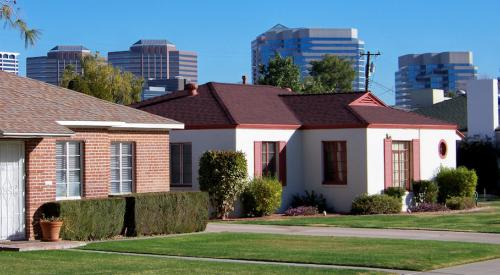Big cities, and all they have to offer, are very desirable places to live for many people. The problem is, while the cities themselves might have a lot to offer, many people who wish to live there might not have enough to offer in return.
As Trulia reports, as rents and home prices have risen dramatically in cities like Chicago, Los Angeles, New York, San Francisco, San Jose, and Washington, D.C., many residents, especially those making $30,000 or less per year, are making the move to less expensive areas.
In an effort to better understand out-migration trends, Trulia operated under the idea that in an equal world, out-migration should occur at the same rate as the proportion of each demographic segment’s households. The example they use is that if people with brown eyes make up 60 percent of a city’s population, then 60 percent of people who move from that city should have brown eyes. Obviously, things are never going to work out quite so nicely, but by comparing the move-away rate relative to expectations for various income groups, some conclusions can be drawn.
For example, when looking at the top ten metro areas, 16.9 percent of households are currently making $30,000 or less, therefore, it can be expected that the share of people moving away would be 16.9 percent. However, that total is actually 25.5 percent, giving a move-away rate relative to expectation of 50.8 percent, which is far and away the highest total. People making between $31,000 and $60,000 have a move-away rate relative to expectation of 7.2 percent. For reference, those making more than $150,000 have a move-away rate relative to expectation of -28.0 percent.
In every major city, the move-away rate relative to expectation was much higher in the $30,000 or less income group. Even in New York, which had the smallest move-away rate relative to expectation, it was still 35.1 percent. These cities have become so expensive that even those making up to $60,000, which is greater than the national median household income, represented almost, and sometimes more than, half of everyone moving out in every city studied.
On the flip side, these cities saw negative move-away rates relative to expectations for residents earning more than $150,000. In this respect, San Jose, Calif. led the way with -52.7 percent.
When factoring for age, the results are even more skewed. The 18 to 34 age group saw a move-away rate relative to expectation of 105.6 percent, a whopping number compared to the 35 to 54 age groups -28.5 percent and the 55 and older groups -48 percent.
For the full analysis and for accompanying graphs, inforgraphics, and charts, click the link below.












